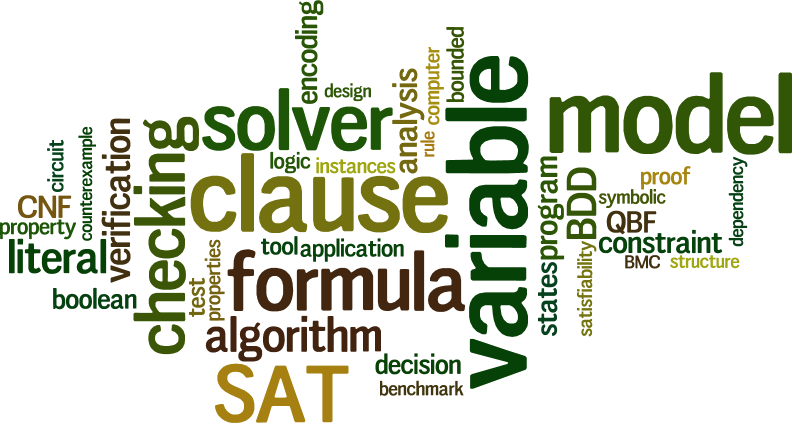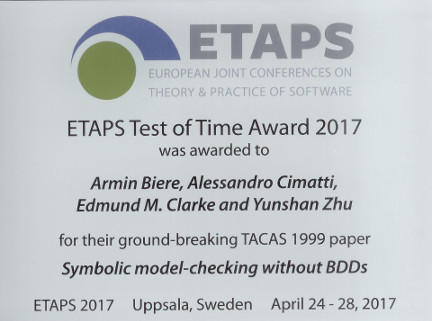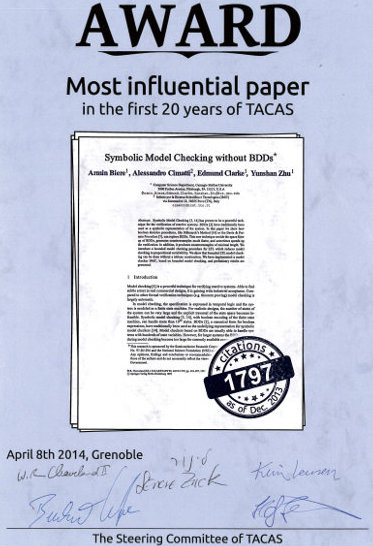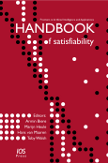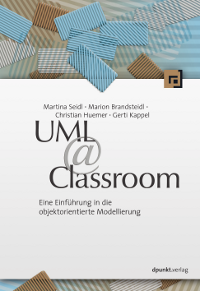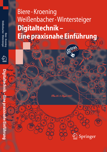team
contact
software
publications
teaching
jobs
ETAPS 2017 Test of Time Award
Here is a local copy of the official nomination text:
The ETAPS Test of Time Award recognizes outstanding papers
published more than 10 years in the past in one of the constituent
conferences of ETAPS. The Award recognises the impact of excellent
research results that have been published at ETAPS.
The Test of Time Award is selected by an Award Committee consisting
of a representative of each of the constituent ETAPS conferences,
the ETAPS Steering Committee Chair, the General Chair of the
current ETAPS, and a Chair appointed by the ETAPS Steering
Committee Chair. The Award Committee is expected to select 1-2
papers each year. It may choose to select no paper in a given
year.
The winners of the ETAPS “Test of Time” Award receive a recognition
plaque at ETAPS and a cash award of 1000€ which is shared among the
authors. A paper can receive the ETAPS Test of Time Award only
once.
The 2017 ETAPS Test of Time Award was won by
Armin Biere, Alessandro Cimatti, Edmund M. Clarke and
Yunshan Zhu
for their TACAS 1999 paper
Symbolic model-checking without BDDs [doi link]
This paper made two fundamental and high-impact contributions to the field of model checking and automated verification.
The first involves the use of general-purpose SAT solvers to replace specialized decision procedures based on Boolean Decision Diagrams (BDDs) during the model-checking process. Before this paper, BDDs had been the cornerstone of so-called symbolic model checkers, which use implicit rather than explicit representations of the sets of system states they manipulate during their execution. BDDs had revolutionized model checking by enabling the handling of much larger systems than was previously possible. This paper was a revolutionary advance beyond BDDs, as the authors showed how the sets of states in question could also be viewed as propositional formulas that can be handled using general-purpose SAT solvers. This simple idea has had profound impact in the field of automated verification, as it is also the basis for the use of SMT solvers for model-checking of systems with, for example, infinite state spaces. Most modern model checkers now rely on a SAT-solving backend as a result of this paper.
The second fundamental contribution of the paper is the invention of the so-called bounded model checking technique for system verification. Before this paper, the goal of model checking was to prove systems correct; model checkers either found such a proof, or detected that no such proof was possible. This paper instead advocated the idea that the purpose of model checking was to detect bugs, and to give simplest-possible explanations for these bugs when they are uncovered. This change in perspective had a massive impact on model checking: it opened researchers up to the possibility of model-checking-inspired verification techniques that could give incremental information during the checking procedure, even if the procedure might not terminate in reasonable time with the classical "yes, there is a proof / no, no such proof exists" answer. Later "bug-search" techniques, such as statistical model checking and run-time verification, owe much of their inspiration to the bounded model-checking idea in this paper, even as this idea on its own continues to be a thriving area of research.
The 2017 Award Committee consisted of Parosh Aziz Abdulla, Bruno Blanchet, Rance Cleaveland, Joost-Pieter Katoen, Luke Ong, Don Sannella (chair), Zhong Shao, and Gabriele Taentzer.

